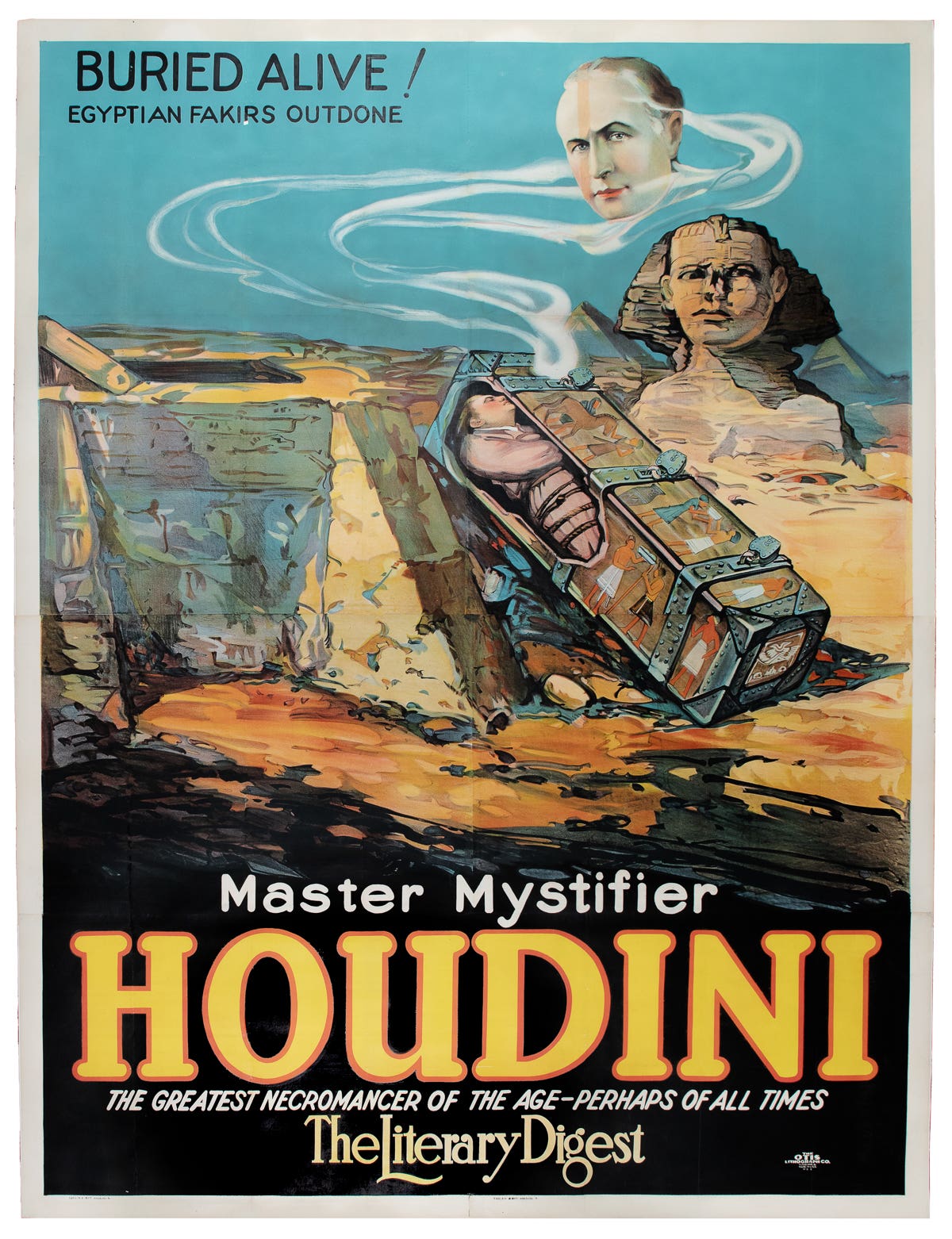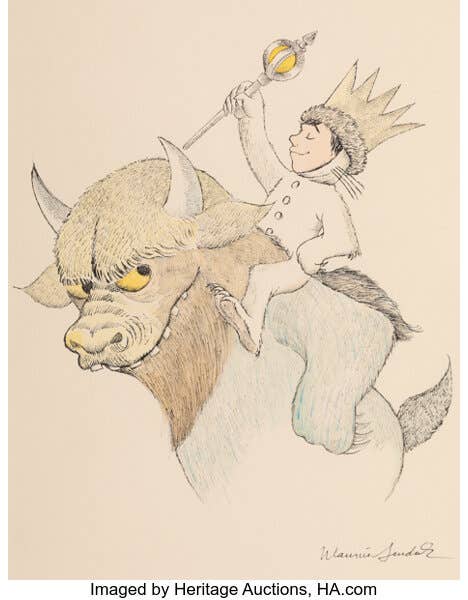Jar, antique chair need hands-on investigation
In her latest assessments, Ask the Experts panelist Susan Mullikin suggests more in-depth evaluation of items of inquiry: an obscure chair and ginger jar.
QI have an antique chair that appears to be in excellent condition from my great-grandmother. On the bottom is a label that says H.Z.M. & Co. but there are no other markings on the chair anywhere. Can you tell me anything about this company as I have not been able to locate?
— W.T., via email
Source of Antique Chairs Better Determined Through Inspection
A In the 19th century the business of furniture making ranged from small shops to big factories. The smaller makers like that of Duncan Phyfe in downtown New York owns a piece of furniture history along with huge factories such as those in Grand Rapids, Michigan, and Buffalo, New York. Duncan Phyfe was one of the first early cabinetmakers to actually use paper labels in identifying his work. Your inquiry regarding your antique chair originally owned by your great grandmother concerns the history of the company H.Z.M. & Co., whose signature appears on its bottom.
After much research I did conclude your antique chair was produced between 1890 and 1920. Without seeing a photo of your chair, I feel that it was manufactured closer to 1890-1900. I did locate two other chairs that were also identified as manufactured by the H.Z.M. & Co. One chair was listed as a rare antique cane chair, Louis XVI, dated 1890, brought to Virginia from a North or South Carolina plantation. The other chair attributed to the H.Z.M. & Co. was listed as a 1920s Colonial style wing back chair.
I did search the Shopmark Directory of pertinent labels on early chairs and the H.Z.M.& Co. label was not listed. At the time your antique chair was crafted, I believe the H.Z.M. & Co. was a relatively small shop in business among the vast number of early cabinetmakers producing one-of-a-kind pieces. Without a picture, I hesitate to place a value on your antique chair. I recommend taking it to a local appraiser for a concrete value estimate.
Father's Vase May Be More than Sentimental
QIn the pictures I’ve sent you is a vase my dad had in his home for many years. It was just for decoration.
The vase weighs a solid three-plus pounds and you can hold it in both hands. To me it looks like dry sand with an interesting light blue glaze. But what’s more interesting is the underside. I think it has a Chinese signature? As if it was written while it was wet. Despite my best effort to get a clearer image of the artist signature, I was only able to get what I could. With that, ANY history or value information would be appreciated. Thank you for your time.
—M.J.
Tracy, Calif.
A Thank you so much for bringing the subject of Chinese pottery to the attention of the readers of Antique Trader, by way of your father’s vase.
Studying Chinese ceramics is an art and what pieces are created under what dynasties is a lesson to be studied. Not only is Chinese art a science, but many reproductions exist. Chinese ceramics have been copied for hundreds of years by Chinese potters out of a reverence for an earlier period. Buyers are told to beware.
Handling Ginger Jar Will Aid in Evaluation
When examining pieces such as your father’s vase, which I would more correctly identify as a ginger jar, one needs to handle the piece to assess its weight. You did mention your piece weights approximately three pounds. The palettes and the glazes need to be examined and identified as to when they were introduced and which kiln, in the north or south of China, was responsible. Turn the piece over; the way the piece is cut, finished, and glazed changes throughout the dynasties and can help with dating and authentication.
In regard to your jar and to properly assess whether your piece is authentic I feel a hands-on examination is necessary. To actually see your piece in person would be the determining factor. From the pictures though I do question the age of your piece, the glaze, the base of your piece in regards to age, and the crude impressed signature. A side note, the Chinese did carve or impress marks on items made to copy older archaic styles. With the idea that Chinese pottery is still produced today, I would recommend taking your piece to a local appraiser in your area. If you do know of an appraiser who specializes in Chinese or Asian pottery so much so the better to get a concise answer.








